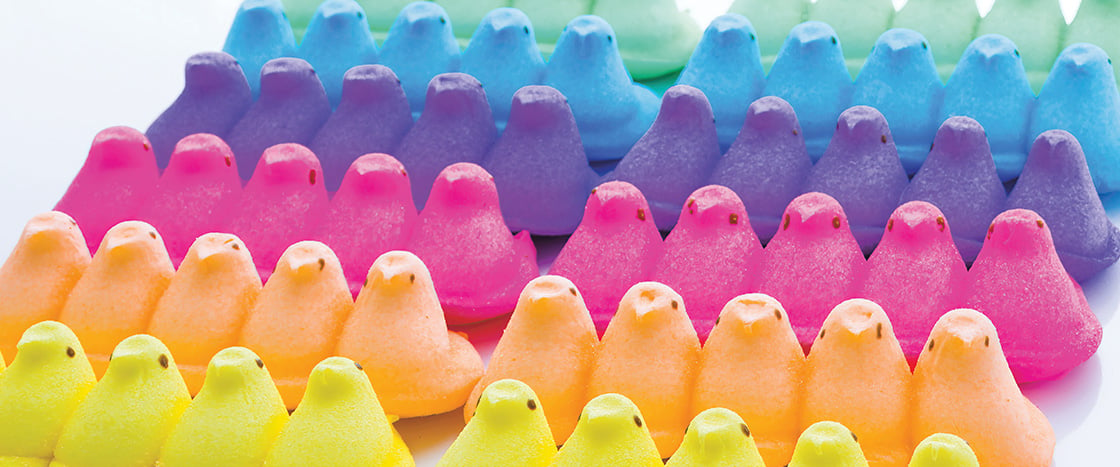Each spring, colorful chicks and bunnies appear in grocery stores. These aren’t real animals! They’re Peeps—soft, fluffy marshmallows coated in crunchy sugar.
Peeps have been popular seasonal treats for more than 70 years. They started out as plain yellow chicks. Now they come in many colors, flavors, and shapes!
What makes these candies so special? It has a lot to do with how Peeps are made!
Colorful chicks and bunnies appear each spring. You’ll see them in grocery stores. But they aren’t real animals! They’re Peeps. The candies are made of fluffy marshmallow. They’re coated in crunchy sugar.
Peeps are popular seasonal treats. They’ve been around for more than 70 years. They started out as plain yellow chicks. Now they come in many colors, flavors, and shapes!
What makes Peeps so special? It has a lot to do with how they’re made!

